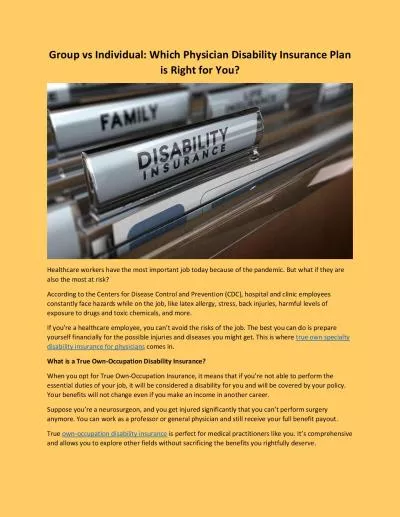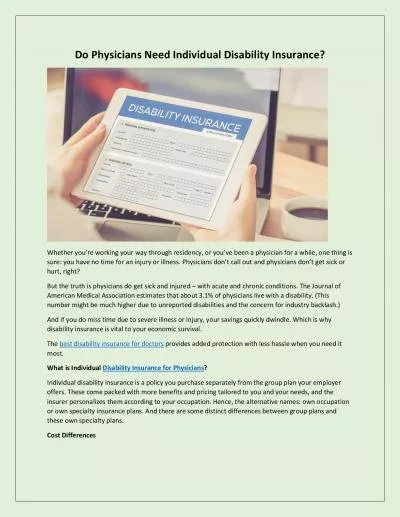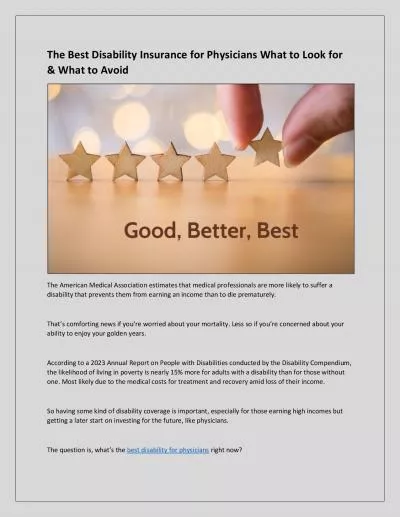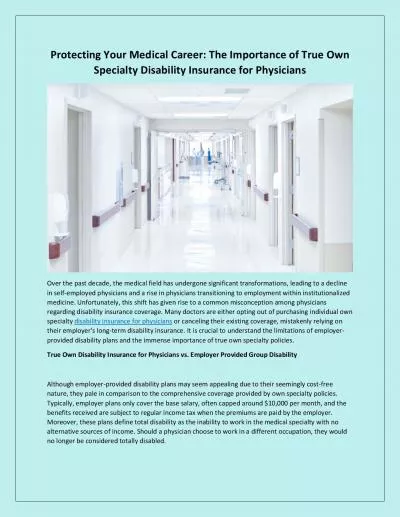PPT-LET’S TALK ABOUT SEX…UALITY AND DISABILITY
Author : tatiana-dople | Published Date : 2019-11-20
LETS TALK ABOUT SEXUALITY AND DISABILITY PROJECT SAFE SUMMIT Alexandra Hollifield sheherhers Kentucky Association of Sexual Assault Programs Road Map Community Guidelines
Presentation Embed Code
Download Presentation
Download Presentation The PPT/PDF document "LET’S TALK ABOUT SEX…UALITY AND DISA..." is the property of its rightful owner. Permission is granted to download and print the materials on this website for personal, non-commercial use only, and to display it on your personal computer provided you do not modify the materials and that you retain all copyright notices contained in the materials. By downloading content from our website, you accept the terms of this agreement.
LET’S TALK ABOUT SEX…UALITY AND DISABILITY: Transcript
Download Rules Of Document
"LET’S TALK ABOUT SEX…UALITY AND DISABILITY"The content belongs to its owner. You may download and print it for personal use, without modification, and keep all copyright notices. By downloading, you agree to these terms.
Related Documents














